2014-2017 SWISS WILDLIFE by the Helvetic Mint
One of the pioneers of ultra high relief (UHR) coin strikes and a company still pushing boundaries today, the Helvetic Mint has been producing this type of coin for many years now and amongst its many releases is its flagship Swiss Wildlife range. A series of one-ounce fine silver coins, Swiss Wildlife looks at some of the incredible fauna that inhabits this beautiful alpine country.
Struck in fine 0.999 silver and given an antique finish, each coin is rimless, allowing the design to spread right up to the edge of the coin. Combined with a complete lack of reverse-face inscriptions, the designs are uncluttered and given complete prominence, free of distraction. With designs crafted in a more traditional way, sculpted in plaster rather than CAD, they have a very organic, natural look.
Five issues are available, each with a 999 mintage limit. The designs are a good mix of animals; three mammals and two birds to date, all of them creatures you’d associate with this mountainous region of Europe, if not exclusively Switzerland. There’s clearly room for more issues in the range and we hope that’s the case. Two coins launched in 2014, two in 2015, with a single 2016 coin that didn’t debut until mid-2017 indicate a slowing of releases.
The obverse features exactly what you’d expect from a Niue Island issued coin – an effigy of Queen Elizabeth II (by Raphael Maklouf for a change) surrounded by all the usual inscriptions. The coin comes supplied in one of the clever latex-skinned ‘floating frames’ as pioneered by Prinz with their Nimbus range. They’re a cool way to show a coin like this. Selling for around the €75 mark, the coins are decent value. A fine series – one taking a popular subject and presenting it in a different way.
2014 CAPRICORN ALPINE IBEX
The ibex was greatly prized in former times for its medicinal powers: almost all its body parts, and even its dung, were in demand for traditional cures for all manner of diseases. It paid the price: it was hunted to extinction in the first half of the 19th century. It was reintroduced to the Swiss National Park, other herds live in cantons Valais and Bern. In total there are some 15,000 animals in different parts of Switzerland.
The male can weigh up to 100 kg (220 lb), and stands up to one meter (over three feet) high at the shoulder. It has two large curved horns with horizontal ridges. The age of the animal can be determined by the number of ridges: in general it grows two ridges in one year. The horns can grow up to one meter in length and weigh more than 10 kg (22lb).The ibex, which usually lives above the tree line, has hooves well adapted to its habitat: they have a hard rim surrounding a soft inner part, enabling it to grip the rock and gain a good foothold even in the steepest places. Its back legs are longer than the front ones. Perhaps surprisingly for such a large animal, the ibex is a good jumper, able to leap several meters upwards and forwards from a standing position.
2014 CAPERCAILLIE
The Capercaillie, or Mountain Cock, is the largest of all grouse species and lives in conifer-dominated, open mountain forests with sandy areas for sand bathing and possibility to start fly as well as little disturbance by humans. Due to staying at the same place all the year long there has to be enough food like blueberries, spruce needles and insects.
2015 RED DEER
The Red Deer is the largest ungulate in the Swiss National Park. In the middle of the 19th century these magnificent animals had been eradicated from the region. 50 years later they reappeared. The two principal factors which draw Red Deer to the National Park are tranquillity and food. Restriction of visitors to a network of well-defined paths keeps disturbance to a minimum. Around 2000 Red Deer remain in the Park, but only during the five summer months. After the rut in mid-October they leave the Park and migrate to the sunny slopes of the main valleys of the Engadine and Vinschgau.
The rutting period in September and Otober is one of the highlights of the Swiss National Park. During the rut fierce fights take place between stags claiming their hinds. The so-called “master” stags vigourously defend their harems against “intruders”.These fights often cause injury or, more rarely, death. The winner is usually the fitter of the two stags, not necessarily the one with the most impressive antlers. It is not uncommon for a stag to lose one or other of its antlers during a fight, which subsequently puts him at a disadvantage to his opponent. The stags pursue the rutting hinds until such time as they permit them to mount. It is the hind that determines the selection of a mating partner, as well as the time.
2015 MOUNTAIN HARE
In the Alps, mountain hares (Lepus timidus) live at altitudes of 1,300 metres and higher, but the mountain hare population in the Alps is now under threat for various reasons. One cause is climate change. Rising temperatures are forcing the hares to migrate to higher altitudes. At the same time, the expanding winter tourism industry is an additional stress factor for these animals, although their physiological and behavioural response to tourist activity had not previously been studied.
The mountain hare is a large species, though it is slightly smaller than the European hare. In summer, for all populations of mountain hares, the coat has various shades of brown. In preparation for winter most populations moult into a white pelage.
2016 GOLDEN EAGLE
The King of the Skies is the only large predator in Switzerland to have survived the days of ruthless persecution during which the Bearded Vulture, the lynx, the wolf and the brown bear were exterminated. Meanwhile, the population of the Golden Eagle has recovered and is now almost saturated in the Alps.
At present, the Swiss Alps accommodate a vital and stable population of about 300 breeding pairs of golden eagle. However, losses of individuals through technical installations (e.g. casualties after collisions with transport cables and high-tension power lines) and losses of broods through human disturbances are ongoing. Therefore, additional losses through other causes of death need to be avoided. Moreover, lead poisoning is also a danger to other raptor species such as bearded vulture or red kite. The Swiss Golden Eagle reaches a wingspan of up to 2.2 metres.
PACKAGING AND OBVERSE
OBVERSE: This features the Raphael Maklouf effigy of Her Majesty Queen Elizabeth II. The inscriptions ‘ELIZABETH II’, ‘NIUE’, ‘TWO DOLLARS’, and the date of issue surround the effigy.
PACKAGING: The coin is presented in a latex ‘floating frame’ for easy display. The uniquely numbered certificate of authenticity sits within the packaging.
SPECIFICATION
| DENOMINATION | COMPOSITION | WEIGHT | DIAMETER | FINISH | MINTAGE | BOX / COA |
|---|---|---|---|---|---|---|
| $2 NEW ZEALAND | 0.999 SILVER | 31.1 g | 40.0 mm | ANTIQUE | 999 | YES / YES |



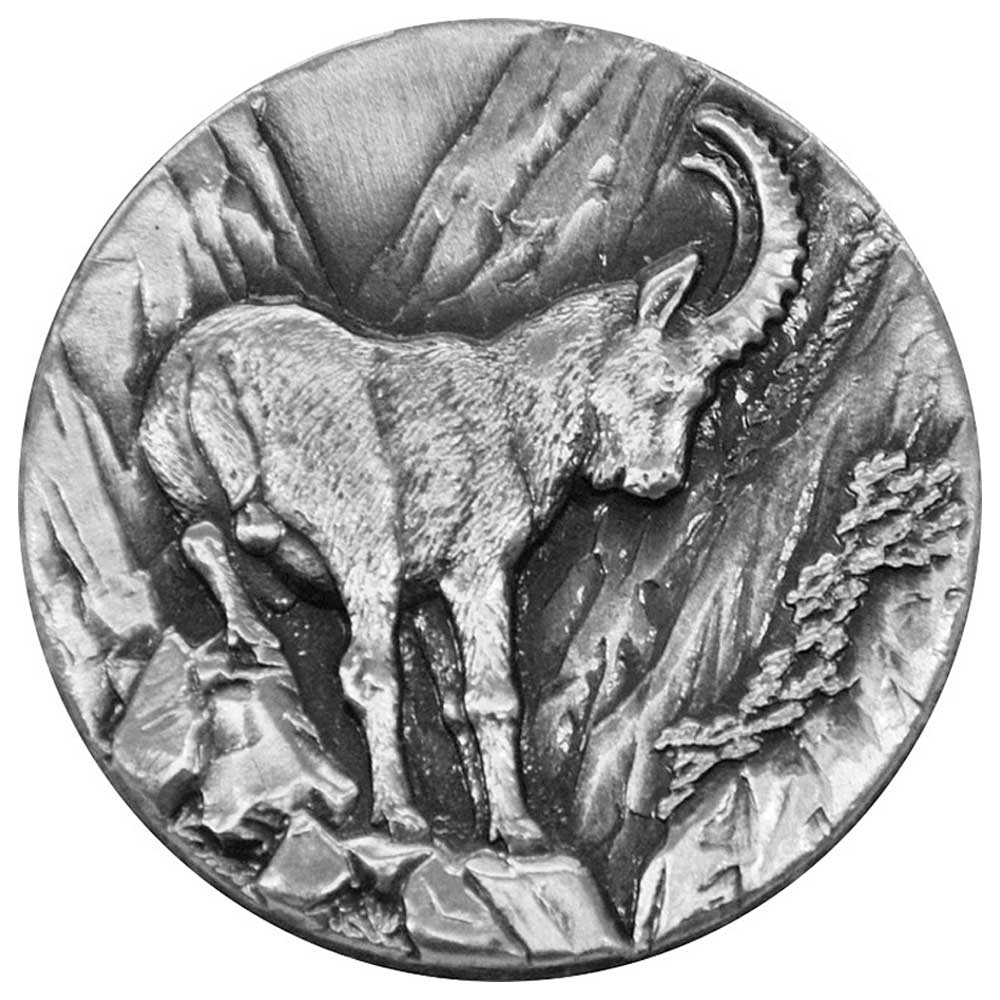
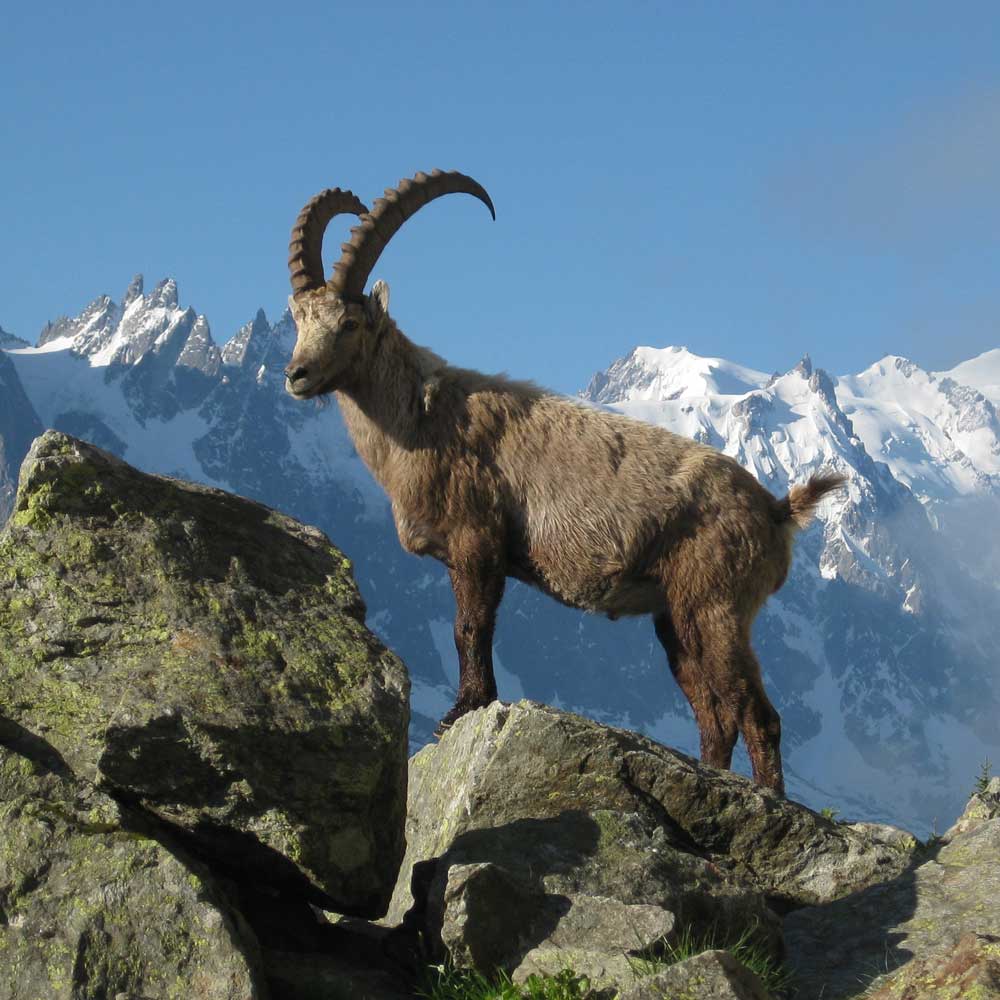

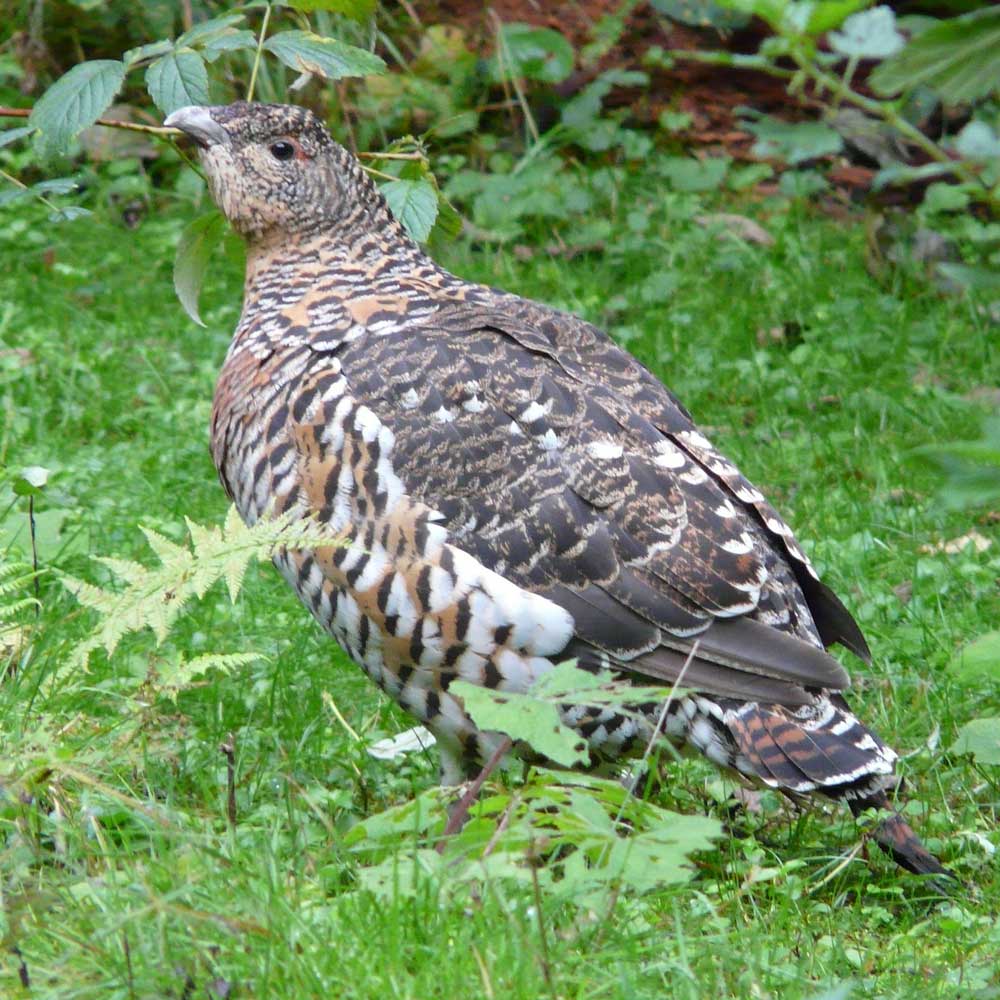
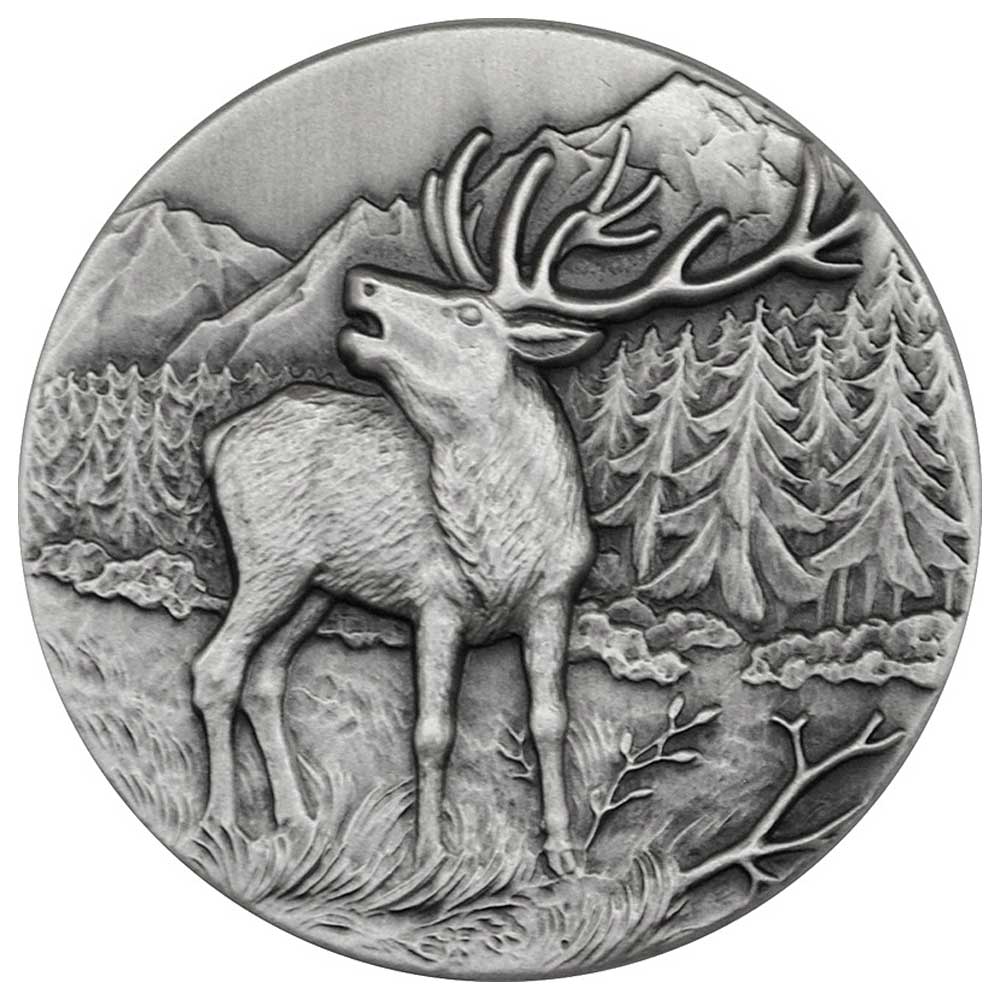
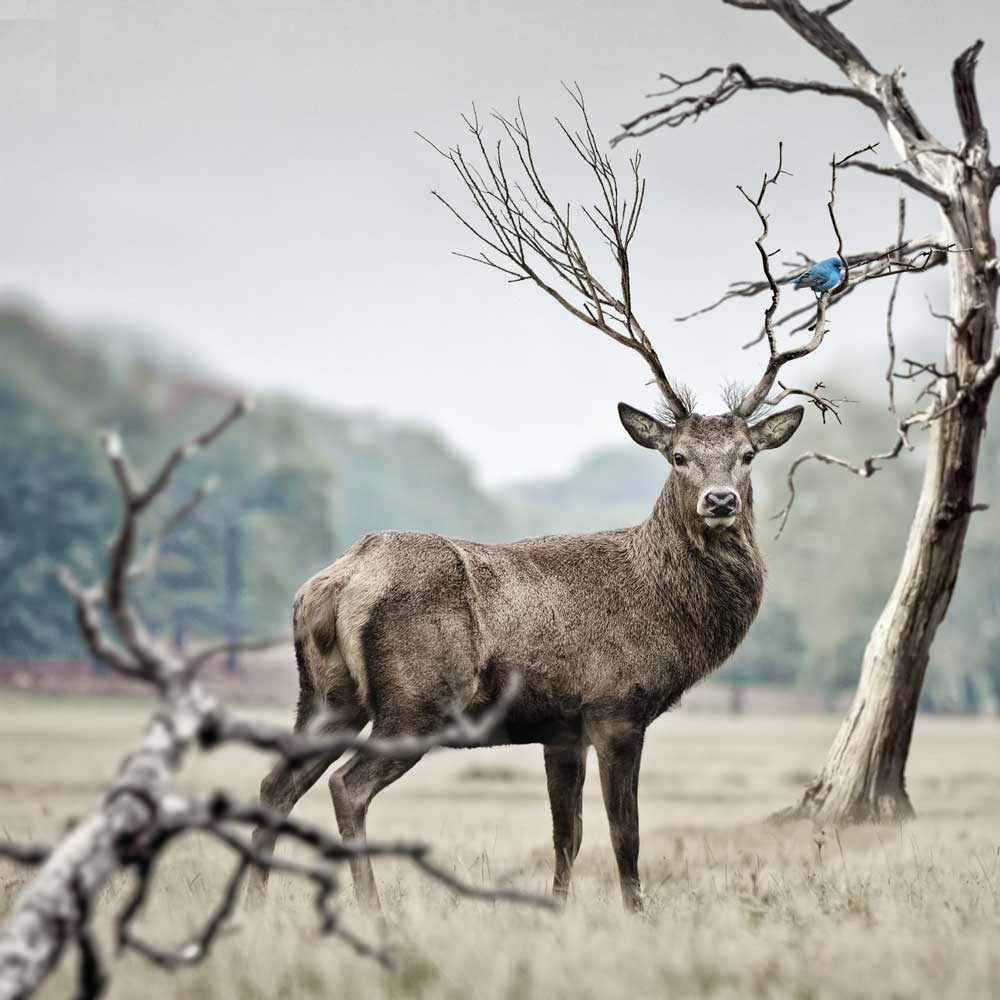

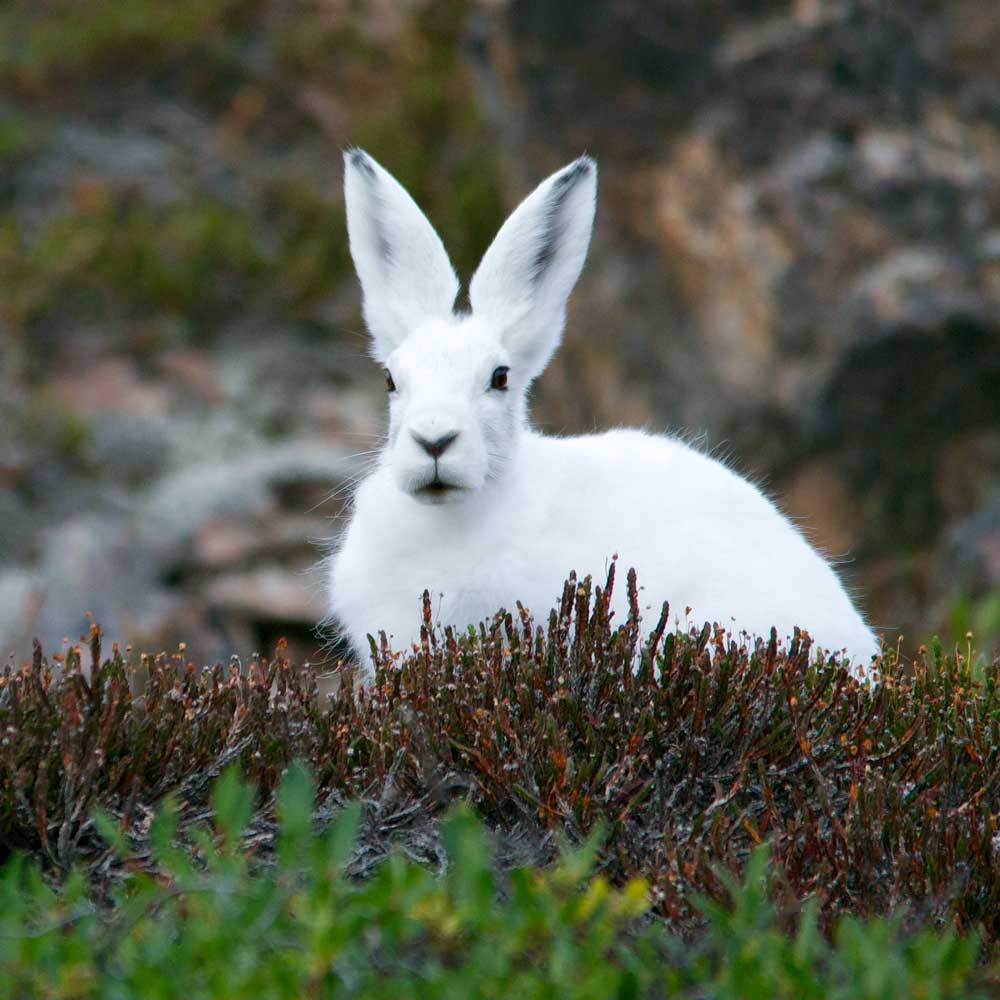
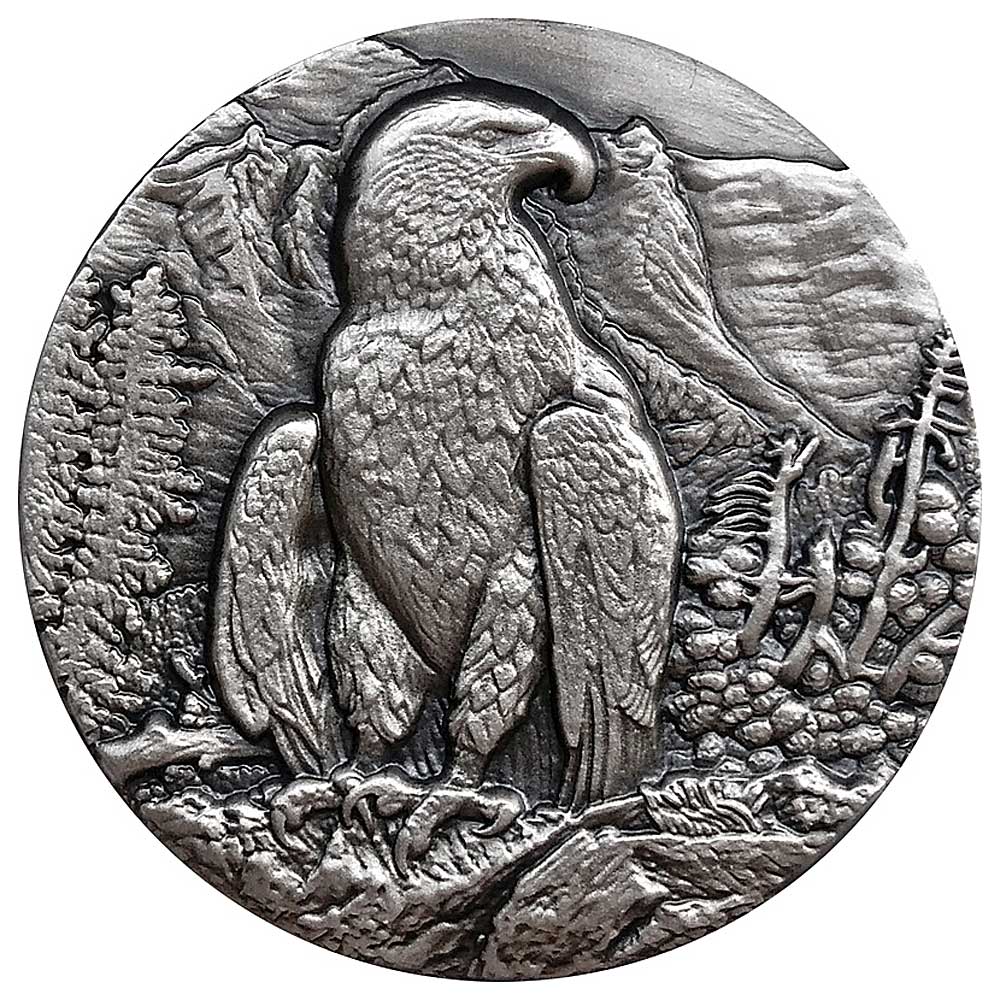
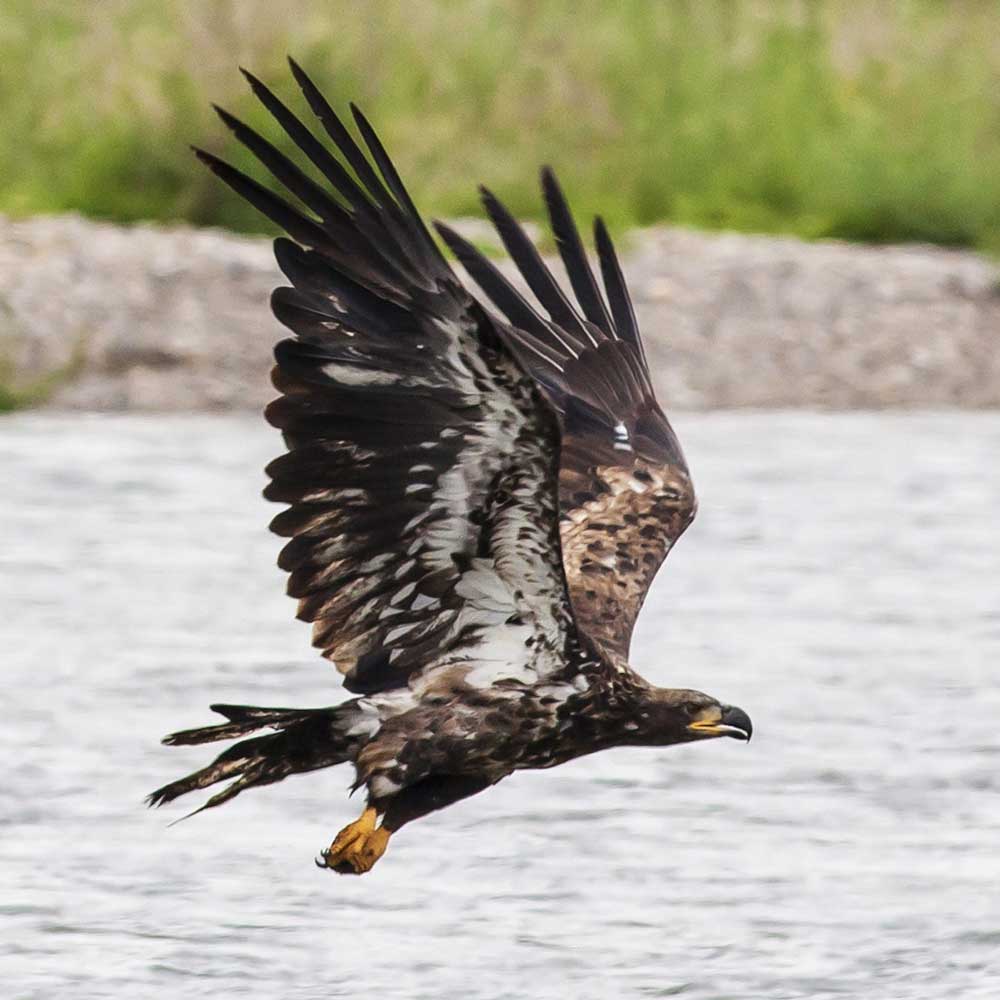

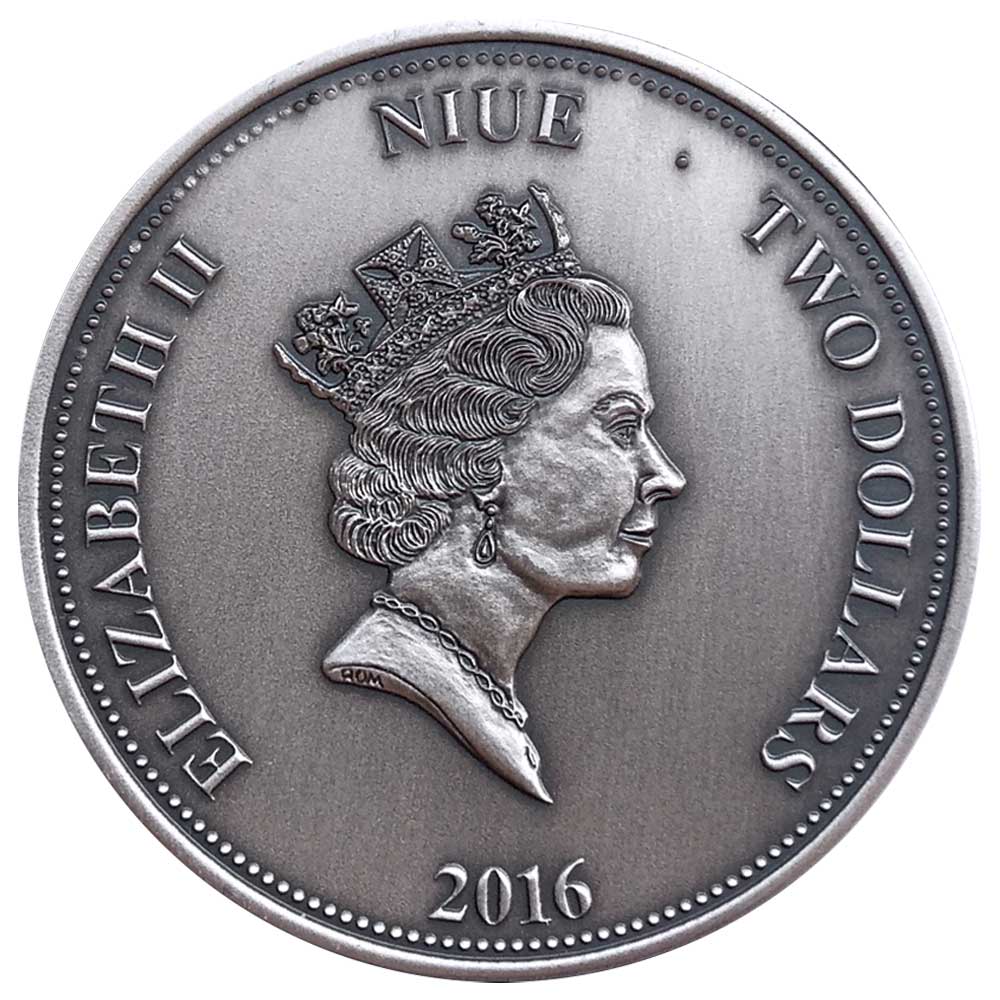
Leave A Comment